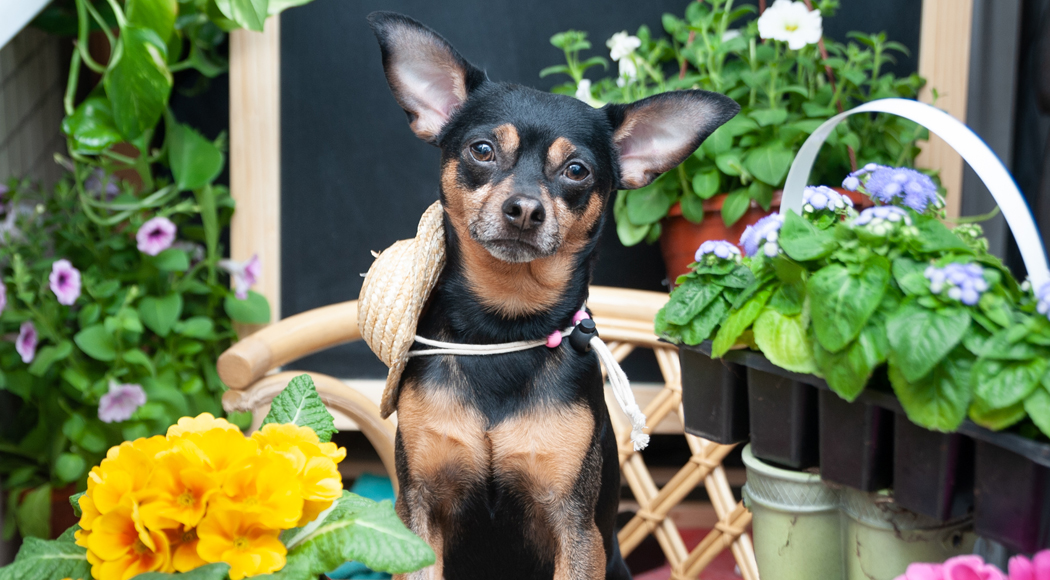Pet owners can become concerned if their furbaby has injested a houseplant and questions “Is it poisonous?” Household plants can definitely liven up a home, but unfortunately some species are dangerous for your pets and could even prove to be fatal if they’re ingested. While there are thousands of species of plants and flowers, only a small percentage of plants are truly dangerous and poisonous to your pet. Make sure you know which plants are most likey to cause potential problems so you can prevent your dog or cat from getting into these common flowers and plants.
As a responsible pet owner, it’s your duty to familiarize yourself with the safety of the plants in and around your home, as well as what to do in the event of ingestion. Here is a short list of some common poisonous plants: Autumn Crocus, Azalea, Cyclamen, Kalanchoe, Lilies, Oleander, Dieffenbachia, Lily of the Valley, Sago Palm, Tulips and Hyacinths. There are, of course, many more that may cause issues for your pets. So, as a pet owner, be certain that you know which ones are safe to bring into your pet’s environment.
Symptoms may range from mild GI issues to life-threatening problems or even death. If you suspect your pet has ingested any of these or any other questionable substance, call the ASPCA Animal Poison Control Center (APCC) at 888-426-4435 or your veterinarian for assistance. Accurate and timely identification of the suspected substance is very important. Having the container, package, or label in hand will save valuable time and may save the life of your pet.






